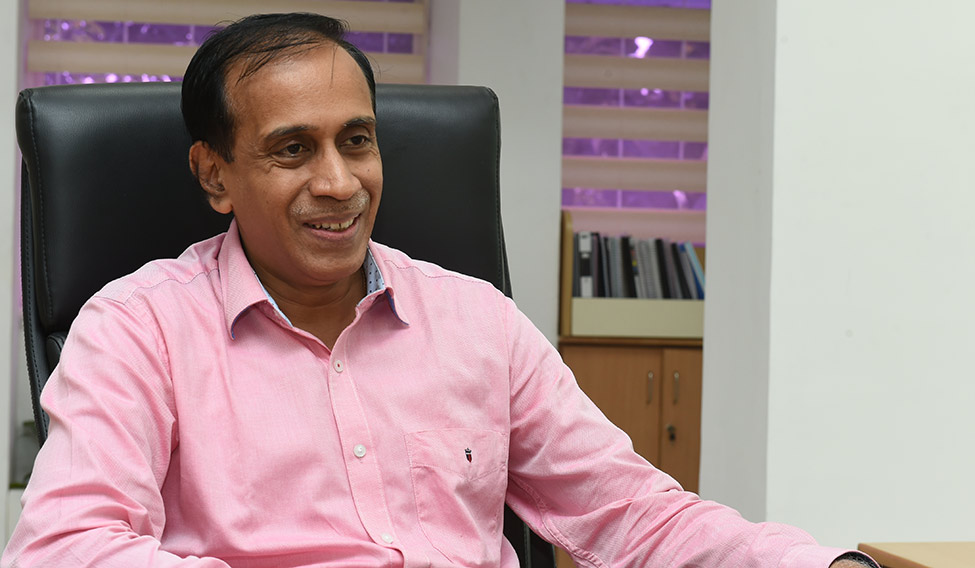With a spectacular initial public offering on August 1, which got oversubscribed 76 times in three days, and a strong debut on the bourses, Cochin Shipyard is set to embark on a new journey. The IPO has brought down the government’s stake in the company to 75 per cent. Madhu S. Nair, chairman and managing director, is optimistic about the company’s expansion plans and new ventures. Excerpts from an interview:
Cochin Shipyard has healthy cash reserves and the company is debt-free. Is the initial public offering the first step towards privatisation?
As of today, there has been no indication on what the government would do in the future. We first got instructions on the stock sale in 2005, when the government took a policy that all profit-making public sector companies should gradually be listed. We suggested fresh issue because we had expansion plans. When we started planning our expansion, we wanted a new larger dry dock. The current plan is to have a new dry dock as well as a ship repairing facility. We did not want to leverage too much on debt and felt that this was the best method to move forward.
Are your expansion plans backed by industrial demand?
That is our reading of the situation. The expansion project has two parts. Rs 1,800 crore will be invested in building a new dry dock and Rs 970 crore in a new international ship repair facility. We have a strong position in the ship repair industry and we feel there is a growing market. The new dry dock is planned because of many reasons. The two dry docks we now have were built around the time Cochin Shipyard was formed 45 years ago. The biggest they can take are Aframax tankers (with a maximum dead weight tonnage of 1,20,000). Over the years ships became much bigger, with the VLCC (very large crude carriers) vessels at the high end of the spectrum. A little bit down you have vessels like the Suezmaxes (up to 1,50,000 DWT) and Capesizes (about 1,60,000 DWT) and the new generation LNG vessels. None of these can come to the two docks at Cochin Shipyard.
Your revenue mix changed considerably in the past ten years with the focus shifting from commercial ships to defence contracts.
Traditionally, shipyards are either shipbuilders or ship repairers. We were designed to be shipbuilder and ship repairer, both on the commercial side. In the early years of this century, things were not looking up in India and we started looking for foreign clients, and we were doing well. So CSL has always positioned or repositioned itself to capture an opportunity. Later on, the defence sector opened up for us with the aircraft carrier construction. On the ship repair side, for the past 30 years we have been working with the Navy. Today, international shipbuilding market is going through a difficult patch. That is why the product mix is more on the defence side.
How is the aircraft carrier coming along?
It is a challenge, both from the complexities of the technology part of it and the sheer magnitude of project management involved. The project is coming along fairly well. The vessel is in water and the systems and main equipment are all inside the vessel. We are getting into the final outfitting stages. There is a good understanding between the Navy and us.
The Navy is planning to get one more aircraft carrier. Are you up for bidding?
Definitely. We want to build it. Aircraft carriers are something which Cochin Shipyard has been strongly associated with. We maintained INS Virat for 25 years. When INS Vikramaditya wanted a maiden refit, she had to come to Cochin Shipyard. We are the only shipyard in the country which has handled aircraft carriers.






